
Removing Conformal Coatings
Conformal coatings provide a long-term, stable and reliable encapsulation method for the electronic components from the environmental effects. Different industries and service conditions calls for different protective coatings. In some cases, changes in the requirements or mistakes would call for action to remove the coating. While some coating materials are easily removed, some are virtually impossible to remove without damaging the products (eg. epoxy) . The coating removal process has been standardized by the standard IPC-7711C/7721C titled Rework, Modification and Repair of Electronic Assemblies [1]. According to the IPC-7711C/7721C coating removal starts by the identification of conformal coating (Chart. 1) type and followed by the selection of the method to be used depending on the substrate and components. If prepared onsite the coating material is generally known, but if the coating was done elsewhere the following chart can be used to identify the type of conformal coating.
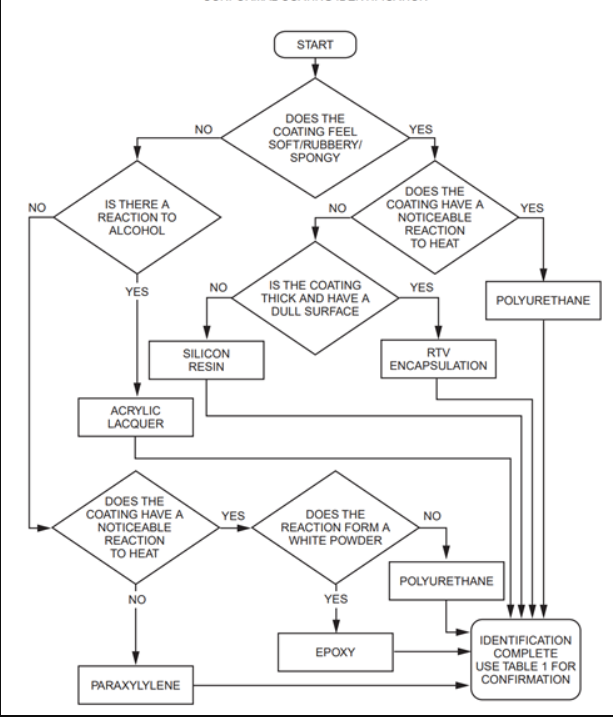
Figure 1 IPC-7711C/7721C Conformal coating defining chart (Revision: B Date: 11/07) [1]
The method is selected in a way that the least or no damage is given to the substrate (be it PCB or silicon wafer etc.) and its components. Possible methods listed in the standard (Fig. 2) are listed below. Besides, oxygen plasma, laser ablation are methods that are highly preferred for conformal coating removal from microelectronics.
Figure 2 List of methods used in conformal coating removal IPC-7711C/7721C
Solvent Method: Removal of the conformal coating using a solvent is very attractive due to the bench-top type of process. Most conformal coatings are chemically very resistant and are very hard to remove by solvents. For small parts the solvent is applied using a using a foam swab. For larger parts the product can be immersed if the chemicals are not damaging the underlying electronic parts.
Peeling Method: Mechanically peeling off of the coating. This method might require pre-processing such as thermal, chemical processes. The peeling of can be done if the surface adhesion between the conformal coating and the bond surface is not strong. However, conformal coatings usually have very strong bonding interfaces with the substrates. While the method sounds attractive it is mostly not applicable.
Thermal Method: Thermal removal is done using the controlled heating. The sample is heated up in a controlled way and the coating can be tested for removal in a tiny spot. The test temperature elevated from room temperature to approximately at 100 °C and can be increased gradually if needed. The viscosity changes and component thermal budget must be watched out to protect the overall health of the electronics.
Grinding/Scraping: While this method sounds relatively easy it can be very invasive and extra attention is required. Friction between the abrasive and the surface or components may lead to device failure.
Micro Blasting Method: Abrasion operations can generate electrostatic charges however the chamber is grounded dissipating the static charges. Micro abrasive blasting propels explicit formulas of inert gas/dry air and abrasive media at the parylene-coated component, via a tiny nozzle attached to a stylus; either a handheld human or automated systems can be used to pinpoint the targeted removal area.
Table 1 Conformal coating materials and removal method according to IPC-7711C/7721C.
|
Conformal |
Removal Method |
Material Properties |
||||||||
|
Solvent |
Peeling |
Thermal |
Grinding/ |
Micro |
Hardness |
Surface Adhesion |
Precursor |
Ease of removal |
||
|
Parylene |
THF 3-4 hrs |
PREFERED |
YES |
YES |
hard |
Very strong |
Powder |
Very Hard |
||
|
Epoxy |
Methylene Chloride NOT compatible with PCBs and electronics Cancer risk |
PREFERED Heat above epoxy softening point (Tg). Damages most electronics. |
YES |
YES |
hard |
Very strong |
Liquid |
Very Hard |
||
|
Polyurethane |
PREFERRED |
PREFERED |
YES |
YES |
hard/med/soft |
Medium |
Liquid |
Hard |
||
|
Acrylic |
PREFERED (alcohol) |
YES |
YES |
YES |
hard/medium |
Strong |
Liquid |
Easy |
||
|
Silicone |
PREFERED (thin ?0.064 cm ?0.025 in |
PREFERED (thick) >0.064 cm >0.025 in |
YES |
YES |
soft |
Low to strong |
Liquid |
Moderate |
||
Acrylic is very easy to handle and readily solvable in common solvents such as xylene. If the coating must be removed or reworked after the application, acrylic is the best choice for the application.
Polyurethane, parylene, epoxy and silicone are chemically inert and their chemical removal is not very easy or may require chemicals that can also damage the PCB and underlying substrate. Chemical removal of epoxy and polyurethane is done by harsh chemicals which is not a healthy option. Mostly thermal coating removal is advised for epoxy. Thermal coating removal technique is not always advisable as it can leave stains, discoloration and damage the electronic components.
Parylene is a pinhole free, uniform conformal coating that can coat the smallest crevices of the electronic products and it can be hardly removed by chemicals. Tetrahydrofuran (THF),a very harsh chemical, can aid in the delamination of the parylene layer which can later be removed by tweezers. Approximately 3 hours of immersion is needed for delamination. Benzolyl benzoate and chloronapthelene above 150 °Cs are also known to remove parylene however they can damage the PCB and electronic components therefore are not advised. Chemical removal of parylene is not a recommended process.
Laser ablation, reactive ion etching (oxygen plasma), and micro-abrasion are the best options for the removal of parylene. These methods can be applied precisely for microelectronic structures on silicon wafers as well. Also, micro abrasion blasting using abrasives and compressed air can remove conformal coatings such as parylene and epoxy abrasives.
Mechanical manipulation of the coatings must be applied carefully since they can cause unexpected failures due to mechanical impact on the structures.
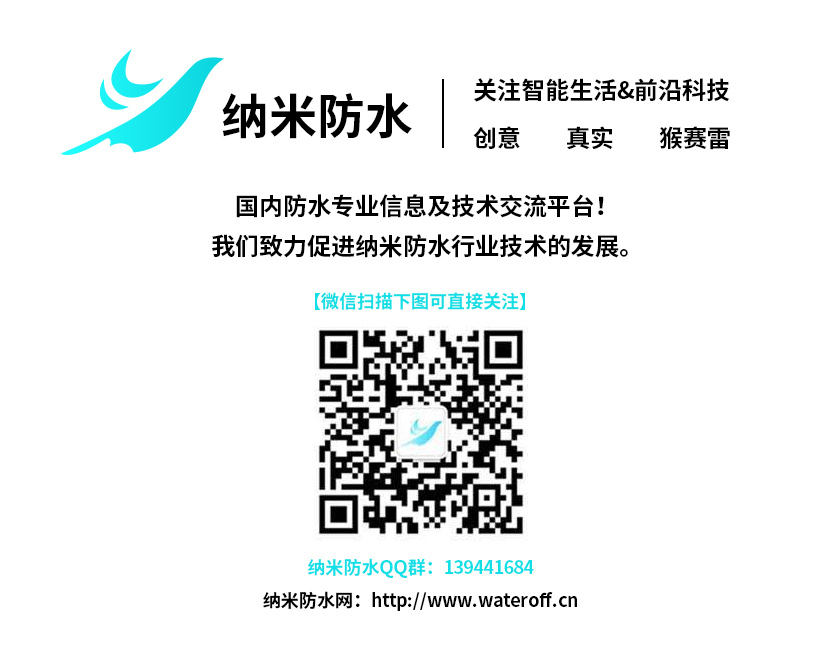
隨著電子產品防水需求的不斷提高,從原先的 IP54到現在的IP67IP68等級!市場上出現了防水透氣膜和防水透音膜,目前這兩種不同的材料應用被搞混了,今天便與大家一起討論防水透氣
最近各地降雨量激增,所以手機就難免會沾點水,作為生活中不可或缺的電子產品,防水已經成為一個十分重要重要功能,而且個人對目前的IP68手機市場是相當不滿意的。為什么?太貴
自然界中荷葉具有出淤泥而不染的典型不沾水特性(學術上稱為Cassie-Baxter狀態),具有自清潔、抗結冰、減阻、抗腐蝕等廣泛應用價值,而玫瑰花瓣則具有水滴高粘附特性(稱為Wenze
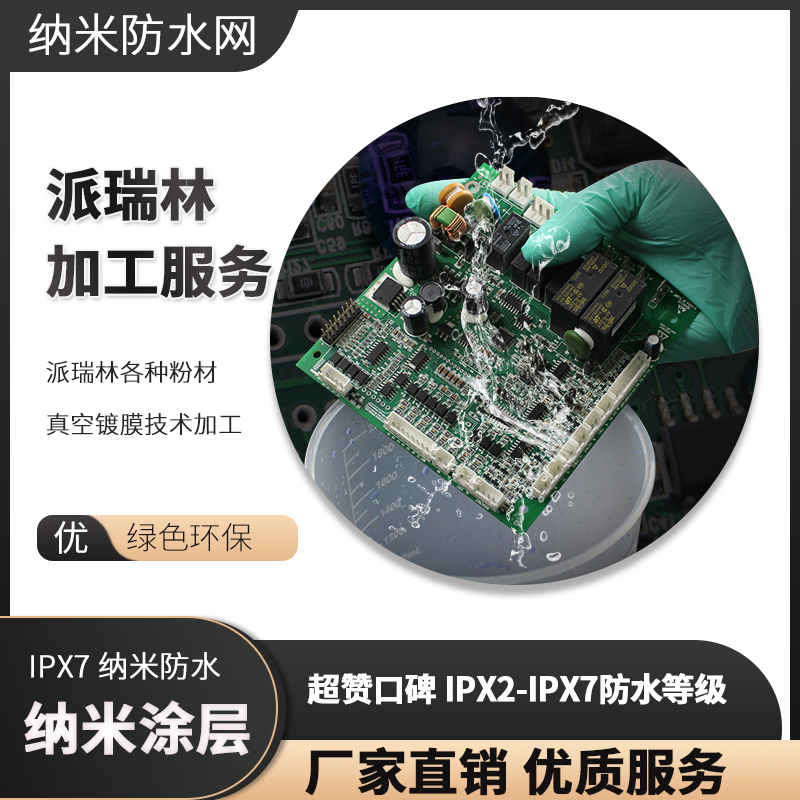
派瑞林各種粉材真空鍍膜技術加工 納米涂層防水處理
派瑞林各種粉材真空鍍膜技術加工 納米涂層防水處理
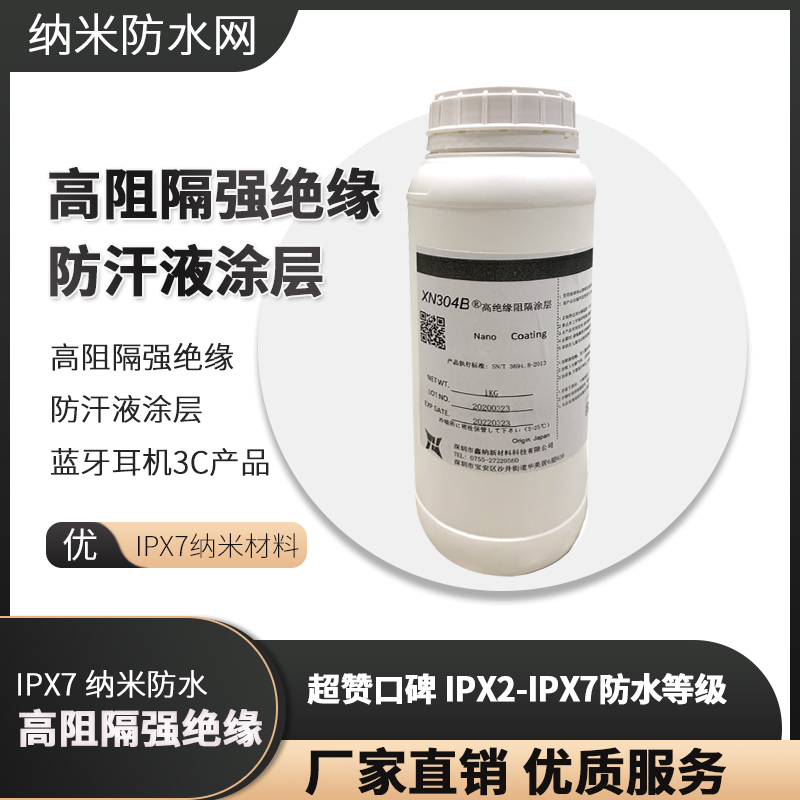
高阻隔強絕緣防汗液涂層藍牙耳機3C電子產品IPX7納米材料
高阻隔強絕緣防汗液涂層藍牙耳機3C電子產品IPX7納米材料
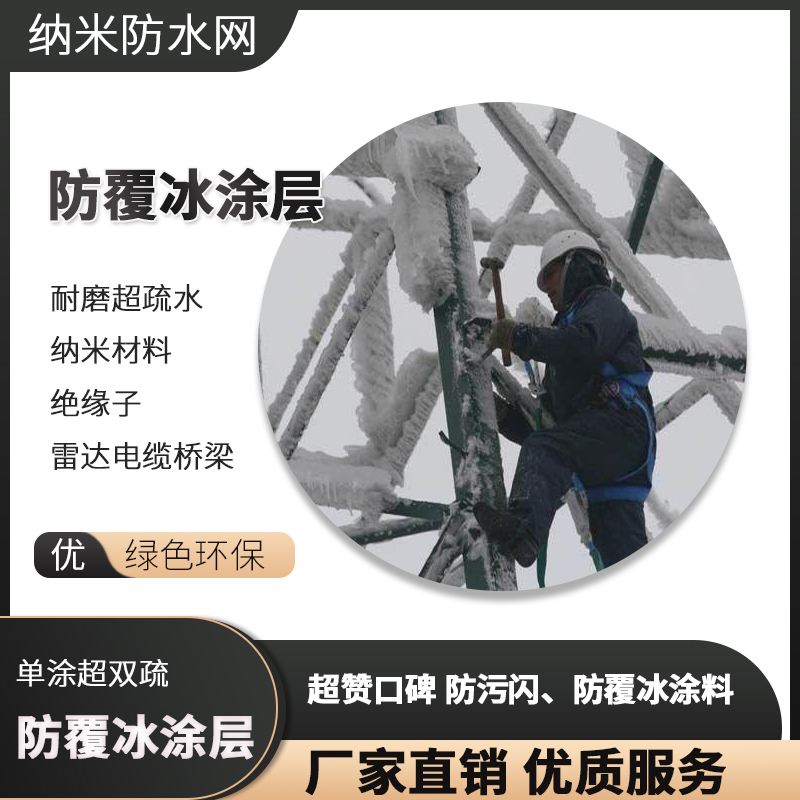
耐磨超疏水納米材料 絕緣子架空導線電纜橋梁防覆冰涂層
耐磨超疏水納米材料 絕緣子架空導線電纜橋梁防覆冰涂層
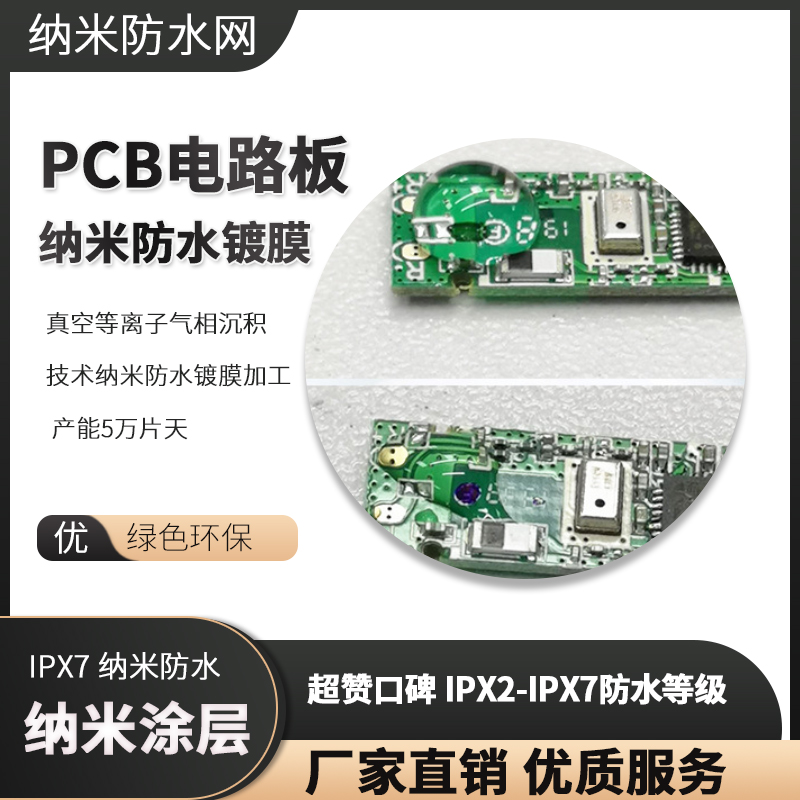
真空等離子氣相沉積技術納米防水鍍膜加工 產能5萬片天
真空等離子氣相沉積技術納米防水鍍膜加工 產能5萬片天
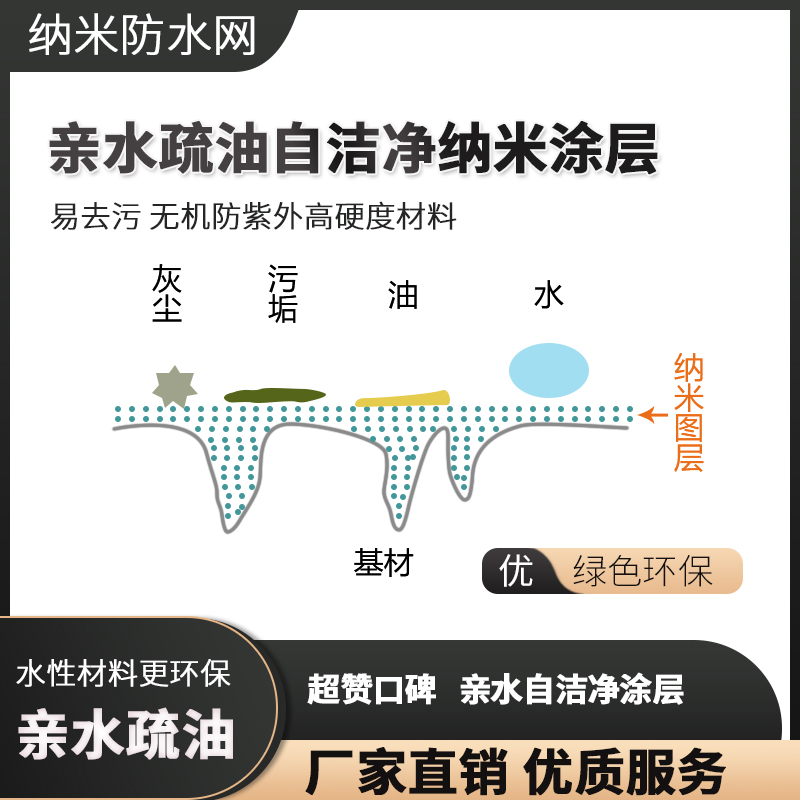
親水疏油自潔凈納米涂層 易去污 無機防紫外高硬度材料
親水疏油自潔凈納米涂層 易去污 無機防紫外高硬度材料
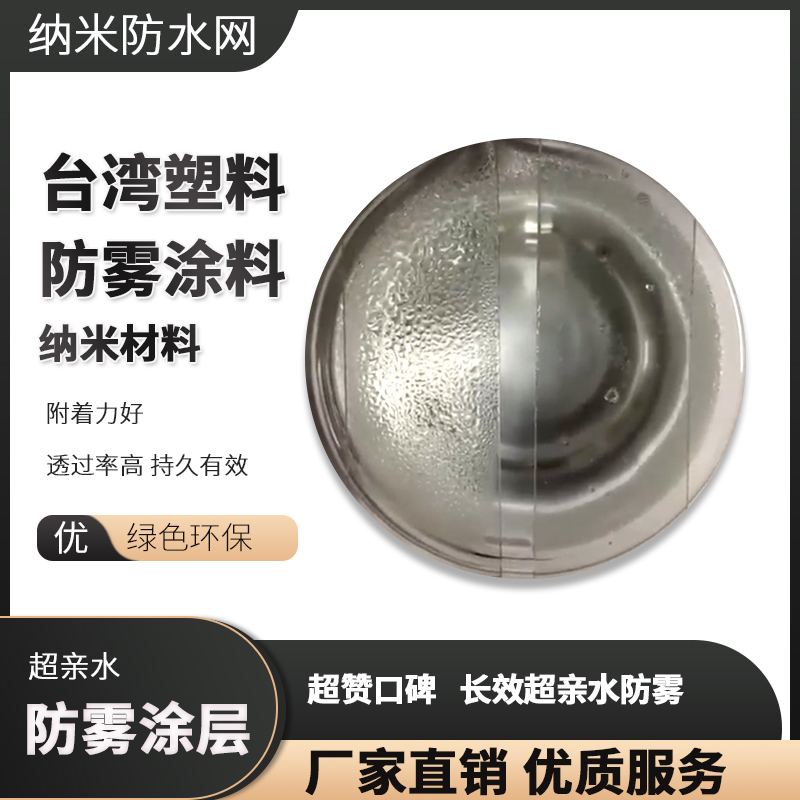
臺灣超親水防霧塑料專用 附著力好 透過率高 持久有效
臺灣超親水防霧塑料專用 附著力好 透過率高 持久有效

